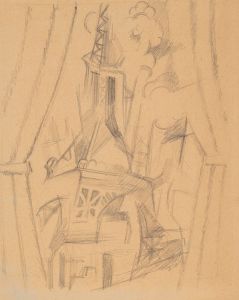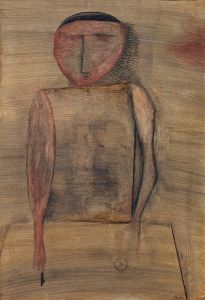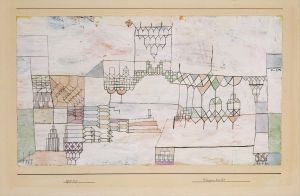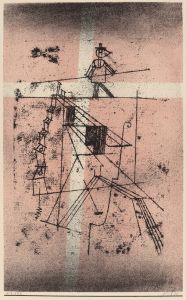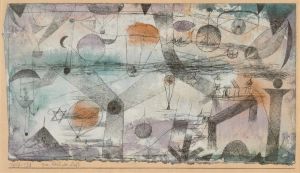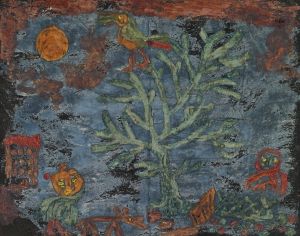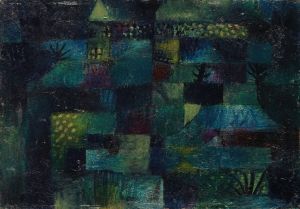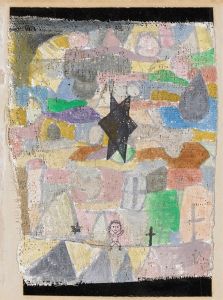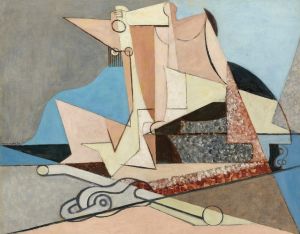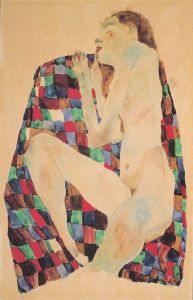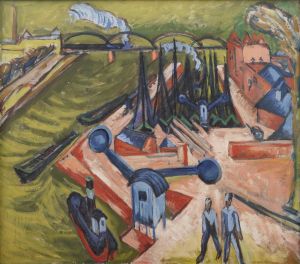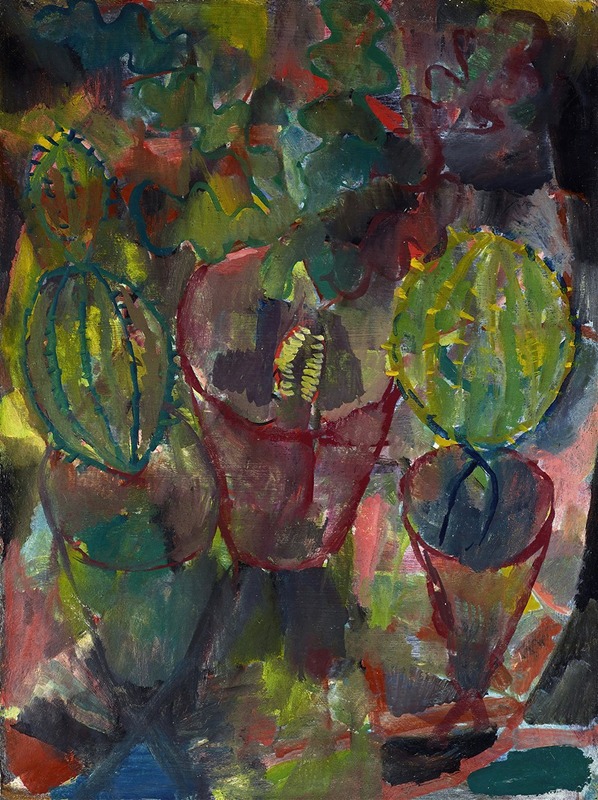
Kakteen
A hand-painted replica of Paul Klee’s masterpiece Kakteen, meticulously crafted by professional artists to capture the true essence of the original. Each piece is created with museum-quality canvas and rare mineral pigments, carefully painted by experienced artists with delicate brushstrokes and rich, layered colors to perfectly recreate the texture of the original artwork. Unlike machine-printed reproductions, this hand-painted version brings the painting to life, infused with the artist’s emotions and skill in every stroke. Whether for personal collection or home decoration, it instantly elevates the artistic atmosphere of any space.
Paul Klee, a Swiss-born artist, is renowned for his unique style that blends elements of expressionism, cubism, and surrealism. One of his notable works is "Kakteen," which translates to "Cacti" in English. This painting is a testament to Klee's fascination with nature and his ability to transform simple subjects into complex visual narratives.
"Kakteen" was created during a period when Klee was deeply engaged with the exploration of color theory and abstract forms. His work often reflects a deep understanding of the interplay between color and form, and "Kakteen" is no exception. The painting features a series of cactus-like forms rendered in a vibrant palette, showcasing Klee's mastery of color and his ability to evoke emotion and meaning through abstract shapes.
Klee's interest in nature and organic forms is evident in "Kakteen." The cacti in the painting are not depicted in a realistic manner but rather as stylized, abstract forms that convey the essence of the subject. This approach is characteristic of Klee's work, where he often sought to capture the spirit or underlying structure of his subjects rather than their outward appearance.
The painting is also notable for its use of geometric shapes and lines, which are a hallmark of Klee's style. These elements create a sense of rhythm and movement within the composition, drawing the viewer's eye across the canvas. The interplay of shapes and colors in "Kakteen" reflects Klee's interest in the principles of design and his belief in the expressive potential of abstract art.
Klee's work was influenced by a variety of artistic movements and theories, including the Bauhaus school, where he taught alongside other prominent artists such as Wassily Kandinsky and László Moholy-Nagy. His time at the Bauhaus had a significant impact on his artistic development, particularly in his approach to color and form. "Kakteen" can be seen as a reflection of these influences, showcasing Klee's innovative use of color and his commitment to exploring new artistic possibilities.
The painting is part of Klee's broader body of work that often incorporates elements of fantasy and whimsy. His art is known for its playful quality, and "Kakteen" is no exception. The whimsical depiction of cacti invites viewers to engage with the painting on both an intellectual and emotional level, encouraging them to explore the deeper meanings and associations evoked by the abstract forms.
Paul Klee's "Kakteen" remains an important work within his oeuvre, exemplifying his unique approach to art-making and his ability to convey complex ideas through simple, abstract forms. The painting continues to be celebrated for its innovative use of color and form, as well as its ability to inspire and captivate audiences with its imaginative depiction of nature.






